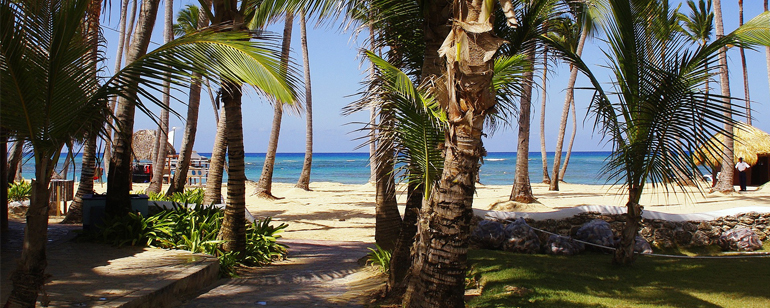One might think trees to be a part of the natural landscape. They are so much more. They are bearers of shelter and food for sustaining wildlife. They play major in maintaining the environment by taking in all the Carbon dioxide, utilizing it and breathing out oxygen for us. Above all, they take our breath away by adding beauty to the world.
As much as you get down with the subject, you realize there is, even more, to learn about trees for education. Go through these fun facts about trees that most of us don’t know:
Resistant to Ageing
Trees tend to survive considerably more than their animal counterparts. In fact, they are the longest living organisms on earth. They are resistant to aging and never die of old age.
Water Needs
On average they drink about a 2,000 liters of water yearly.
Savings on Your Energy Bills
Planting trees strategically can help you reduce your energy bill by 25%. How do they do it? The reduce the city temperatures by 10-degree Fahrenheit. They provide shade in summer and wind-break in winter.
Trees on the Moon
Many people don’t know that there were seed kit and tree kits taken along with the astronauts on Apollo 14 mission. NASA, through this experiment, wanted to know if there were any differences in their growth due to the presence in space or the moon’s orbit.
Defending Powers
It is demonstrated through multiple studies that trees can communicate as well as defend themselves against the insects that attack them. Phenolics are special chemicals that flood a plant’s leaves whenever they feel there is a raid by an insect. A system of signaling also seems to be into play during play which notifies the trees nearby about the danger.
Cone Trees
Pine trees are unique as they don’t produce fruit instead they place their seeds inside cones. As if this isn’t unique enough those cones have different genders too!
The job of a Compass
If someone gets lost in the woods, trees can help them find their way around. Trees in the northern temperate climate have mosses grown towards their northern side of the trunk. This is because this side receives more shade. Tree’s rings help you find the right direction too. Being in the northern hemisphere, the rings on the southern side of the plant tend to grow slightly thicker because of the excess sunlight. While the opposite being true in the southern hemisphere.
Transpiration
When trees transpire, they lower the environmental temperature through evaporation.
Differential Pattern of Growth
Different parts of plant tend to grow in different seasons through the year. Typically speaking, the foliage growth is part of the spring season. The trunk growth follows in summer, while roots choose winter and fall for their growth. You need to know while you try to grow your own tree.
Role in Improving Water Quality
Trees slow the flow of rainwater and filtering it to improve water quality. They prevent aquifers and watersheds.
Birdhouses
A birdhouse when hung on the branch of a tree, the tree that grows in such fashion that the house doesn’t move up with the growth.
No Pines in Antarctica
Pine trees can be found in all six of the continents leaving only Antarctica out.

